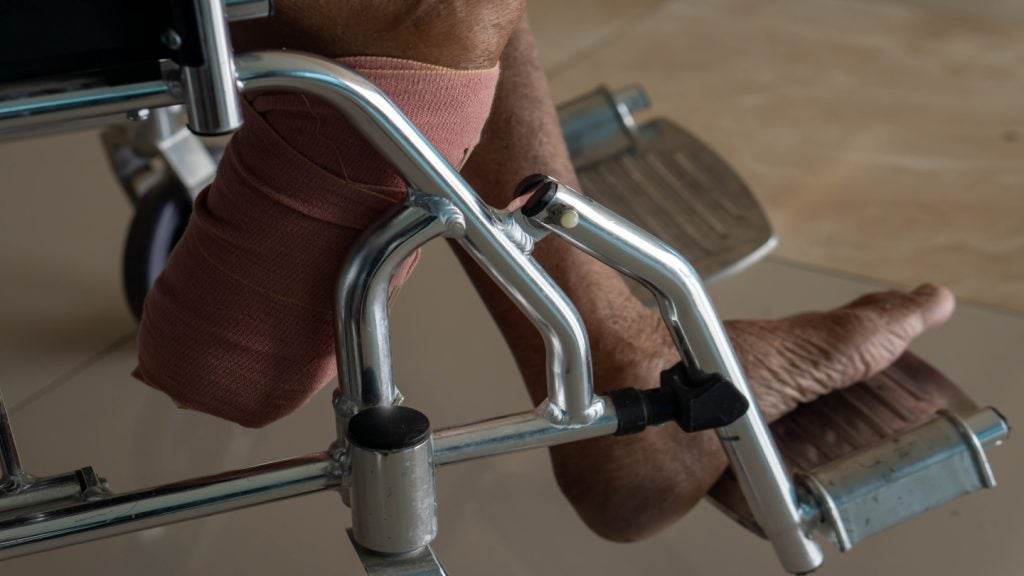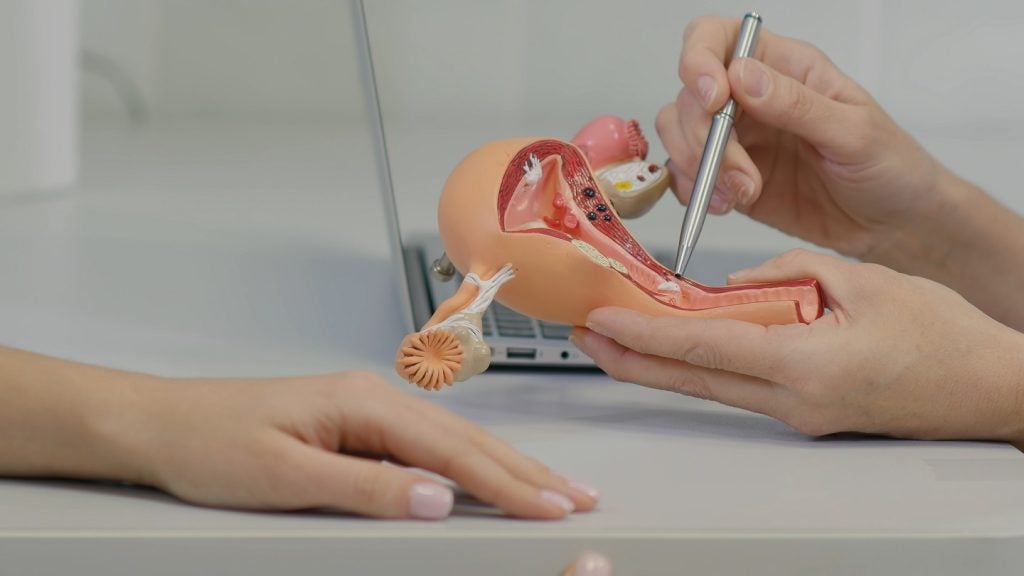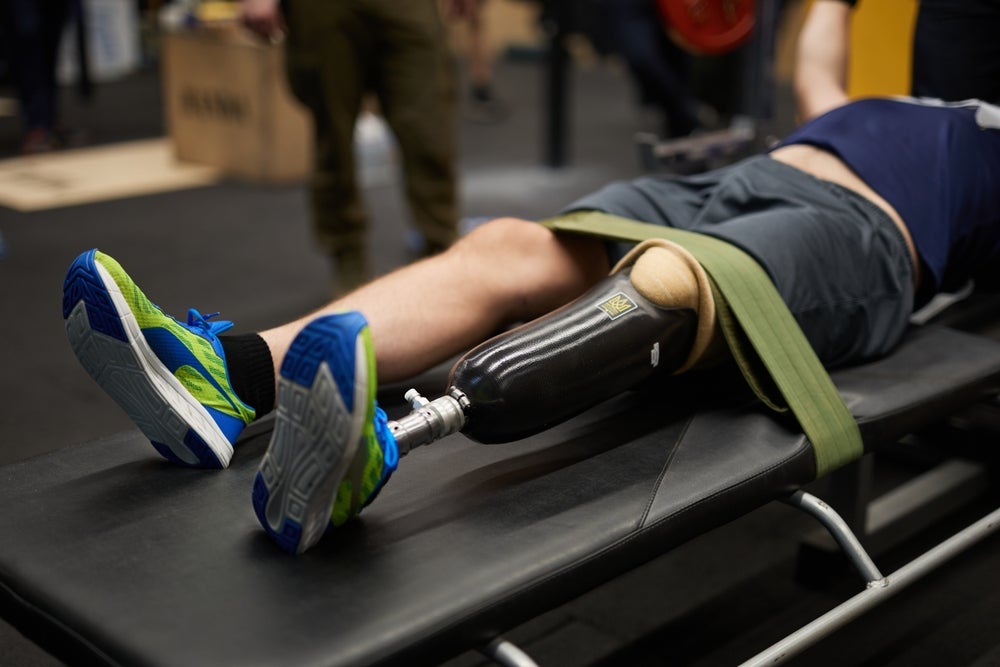US-based research body, The Sage Group is calling on the global medical device industry to advance treatments for neglected indications of below-the-ankle (BTA) disease in critical limb ischemia (CLI).
BTA disease is highly prevalent in people living with peripheral artery disease (PAD) and is frequently associated with numerous adverse outcomes, including technical failure after revascularisation. The Sage Group is calling on medical device manufacturers to move into the space which has been described as “misunderstood.”
Treatment of BTA disease is challenging for several anatomic reasons, including navigating small-diameter vessels and vessel tortuosity with the report finding that the lack of industry devices available to help clinicians navigate the condition is one of the primary factors for the disease’s progression in many patients.
Mary Yost, president of the Sage Group, said: “Although BTA disease is highly prevalent and associated with poor patient outcomes, it remains misunderstood and undertreated.
“Revascularisation of the pedal arteries is technically challenging due to small-diameter vessels, vessel tortuosity, medial artery calcification (MAC), thrombus and frequent variants in the pedal circulation. These vessels are also prone to spasms and dissection. The lack of dedicated tools for this vascular territory adds to the problem.”
Research published in the journal Diabetes Research and Clinical Practice found that BTA severely impacts the well-being of patients with conditions such as diabetes, drastically impairing their ability to properly recover from ischaemic foot ulcers without the threat of revascularisation. Researchers found that patients with BTA disease are more likely to have below-the-knee disease in the tibial, peroneal, and posterior tibial arteries rather than in the femoral or iliac arteries.
Yost added: “There are no guideline recommendations regarding endovascular revascularisation of BTA disease. Experts disagree on when to intervene and the extent of reconstruction needed. Furthermore, many interventionalists lack the special skills required to treat pedal disease,” she continued.
“Plain old balloon angioplasty remains the standard of care. New more-effective endovascular devices are needed to treat BTA disease.”















